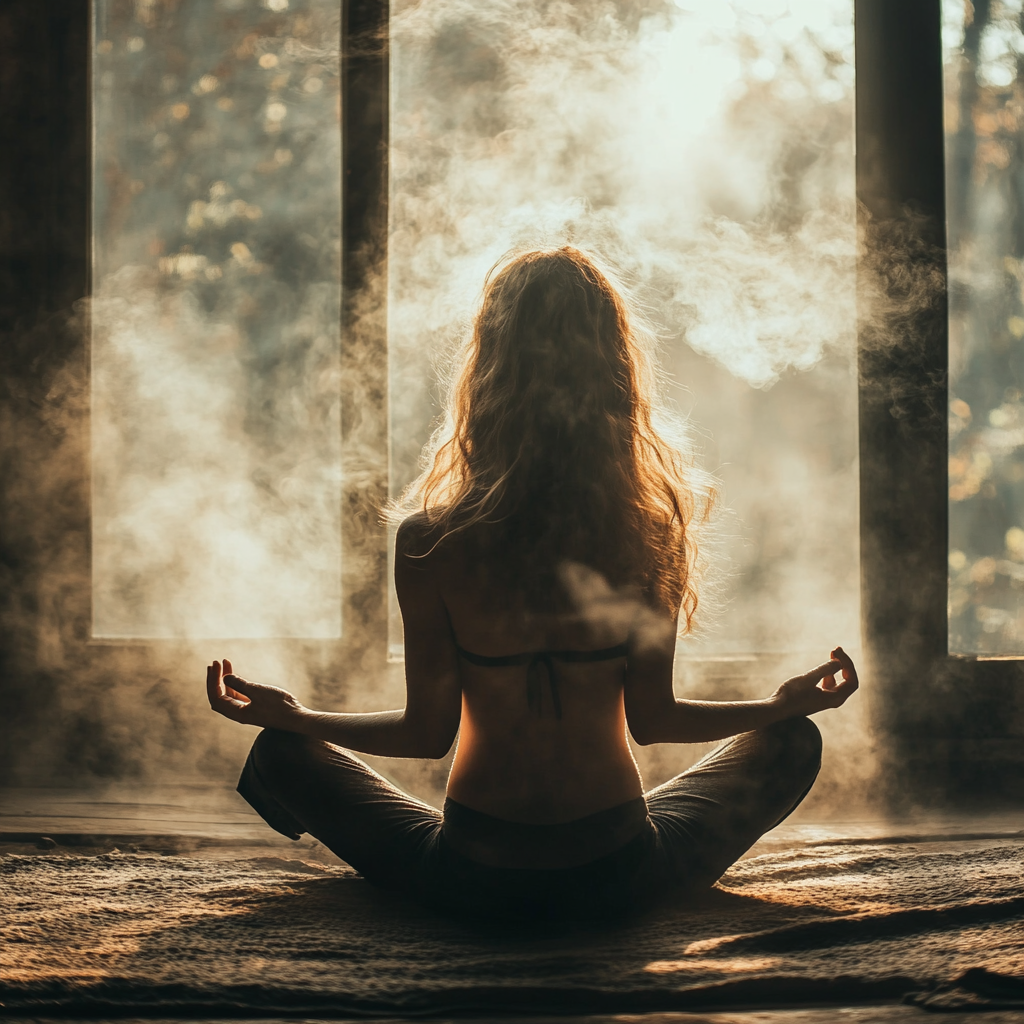How Scents Influence Our Connection to Spirituality and Meditation
Scents hold a unique ability to shape our emotions, memories, and even our overall well-being. From the aroma of freshly baked bread evoking feelings of warmth and comfort to the crisp, clean scent of a pine forest sparking joy and invigoration, smells deeply impact how we navigate the world. These sensory experiences extend beyond the mundane, often opening doors to deeper connections with our inner selves and the spiritual realms.
The relationship between scent and emotion lies in the brain’s limbic system, where both are processed. This connection allows certain fragrances to transport us to specific moments in our lives, rekindle cherished memories, or evoke a sense of calm and clarity. In this way, scents transcend their physical nature, taking on a symbolic and emotional significance that can anchor us to the present or guide us through moments of introspection.
The Science Behind Scents and Spirituality
The interplay between scent and spirituality is rooted in biology and psychology. The olfactory system, responsible for detecting and processing smells, has a direct link to the brain’s limbic system. This system governs emotions, behavior, and memory, which explains why a single whiff of a familiar scent can bring forth powerful memories or emotional responses.
From a psychological perspective, certain scents are known to trigger relaxation or heightened focus. For example, lavender is scientifically proven to reduce stress by lowering cortisol levels, while peppermint can enhance alertness. These effects are not random but stem from the way scent molecules interact with brain receptors, influencing neural pathways associated with calmness or stimulation.
Spiritually, this connection deepens. Many people report that specific scents can evoke feelings of transcendence or a connection to something greater than themselves. The act of inhaling a sacred aroma, such as sandalwood or frankincense, can create a meditative state by aligning the mind and body, fostering an environment conducive to prayer, reflection, or mindfulness. This scientific and spiritual synergy illustrates the profound impact scents have on our inner and outer worlds.
How Specific Scents Enhance Meditation Practices
Meditation thrives on the balance of environment and mindset, and scents play a crucial role in setting the stage for a tranquil experience. Certain aromas have unique properties that help deepen meditation, allowing individuals to enter a state of relaxation and focus more readily.
Lavender, known for its soothing effects, can reduce tension and create a calming atmosphere, making it an ideal choice for those seeking peace in their meditation practices. Its ability to slow down the heart rate and promote deep breathing encourages a state of mindfulness and serenity.
Sandalwood, often associated with sacred rituals, is renowned for its grounding properties. Its warm, woody aroma helps stabilize emotions, creating a sense of inner balance. This scent is especially favored in Buddhist and Hindu traditions, where it is used to center the mind during prayer and meditation.
Frankincense is another powerful fragrance, historically used in spiritual ceremonies. Its resinous aroma fosters introspection and enhances spiritual awareness, making it a popular choice for those seeking a deeper connection to their inner selves. Using these scents during meditation can transform the practice, helping individuals unlock higher levels of mindfulness and spirituality.
Cultural and Historical Perspectives on Aromatherapy in Spirituality
Aromatherapy has been a cornerstone of spiritual practices across cultures for centuries. From the ancient Egyptians to modern holistic practitioners, the use of scents has served as a bridge between the physical and the metaphysical.
In ancient Egypt, frankincense and myrrh were used during religious rituals, symbolizing purification and divine connection. These resins were often burned to cleanse sacred spaces and invite spiritual energy. Similarly, in Indian traditions, incense sticks made from sandalwood and other herbs have long been integral to meditation and prayer, believed to connect the practitioner with divine forces.
Japanese Shinto practices incorporate the use of kōdō, or the “way of incense,” to purify the mind and spirit. Meanwhile, Native American traditions often use sage smudging to cleanse individuals and spaces of negative energy, preparing them for spiritual ceremonies. These practices demonstrate that scents are not merely sensory experiences but powerful tools to enhance spiritual journeys across time and geography.
Creating a Spiritual Atmosphere with Scents
Incorporating scents into meditation spaces is a simple yet transformative way to enhance the experience. By choosing the right aromas and utilizing them thoughtfully, you can create a sacred space that supports mindfulness and spiritual growth.
- Select the Right Scents: Choose fragrances that resonate with your personal intentions. For relaxation, opt for lavender or chamomile. For grounding, select sandalwood or patchouli. Experiment with essential oils, candles, or incense to find what works best for you.
- Set the Stage: Use diffusers or incense holders to introduce the chosen aroma into your space. Ensure that the scent is not overwhelming; a subtle fragrance can create a calming environment without becoming distracting.
- Combine with Rituals: Pair scents with mindful practices like deep breathing or affirmations. For example, light an incense stick before meditation to signal the beginning of your practice, creating a sensory association that enhances your spiritual journey.
In addition to this article, we would like to advise you to read our article, where we talked about the evolution of perfumery.
FAQ
Scents like lavender and sandalwood trigger calming or grounding responses in the brain, helping individuals relax and focus during meditation.
Incorporate diffusers, incense, or candles into your routine to create a tranquil atmosphere for prayer, mindfulness, or reflection.
Yes, various cultures have unique traditions, such as sage smudging in Native American rituals or sandalwood incense in Indian ceremonies, showcasing diverse uses of scents in spirituality.

